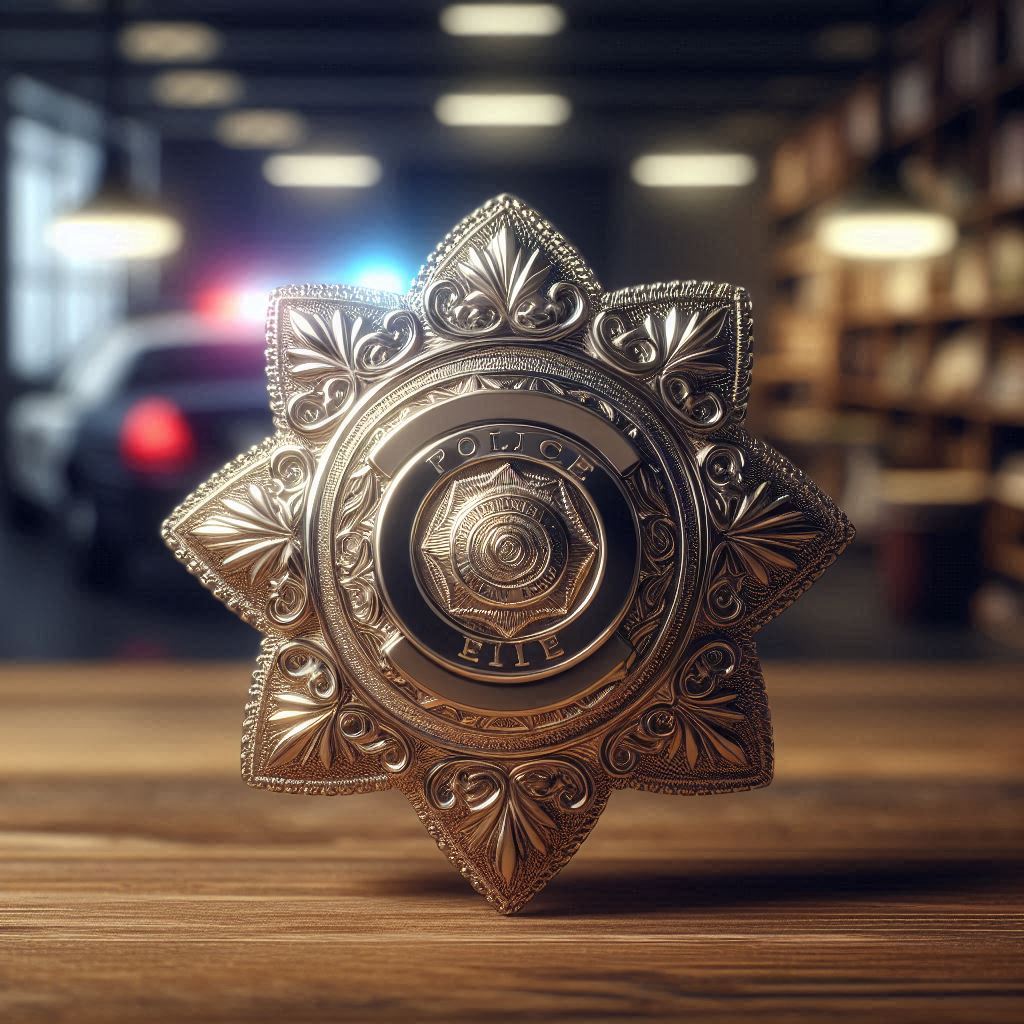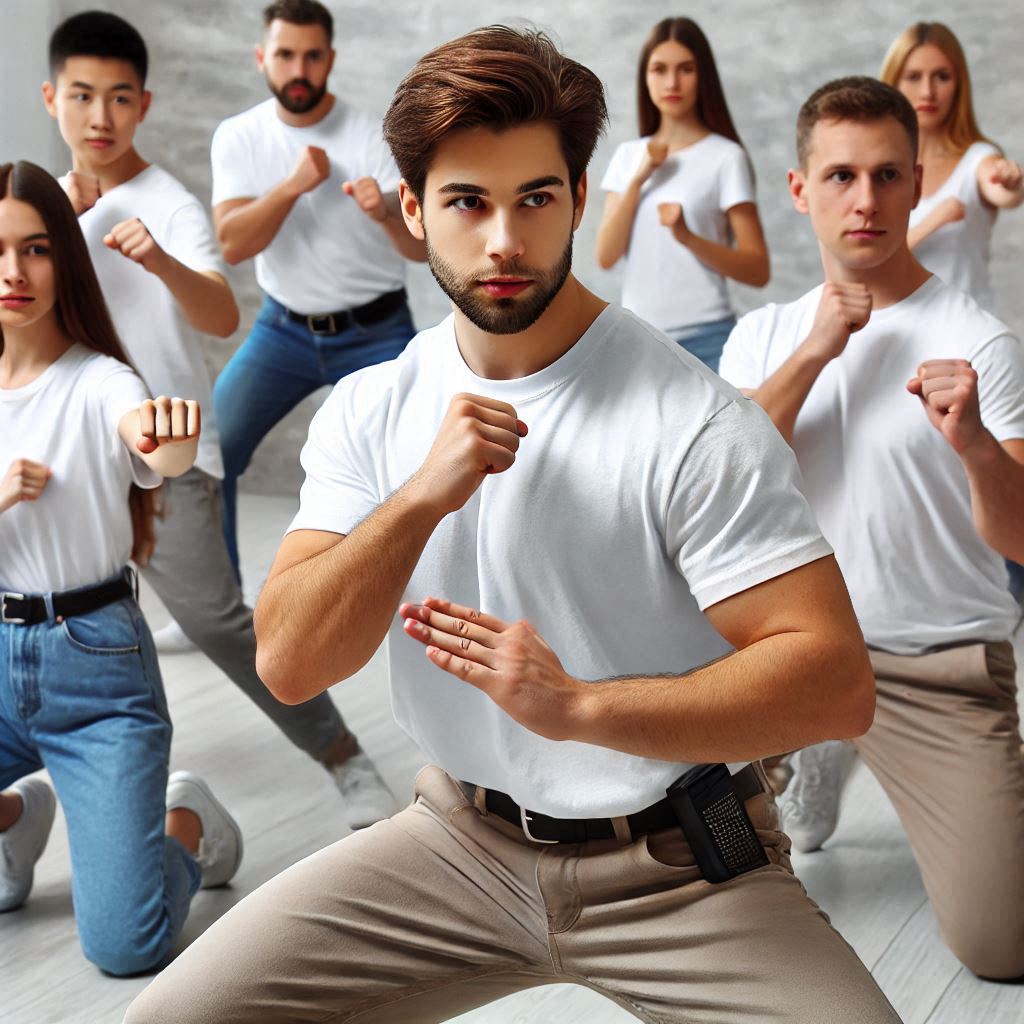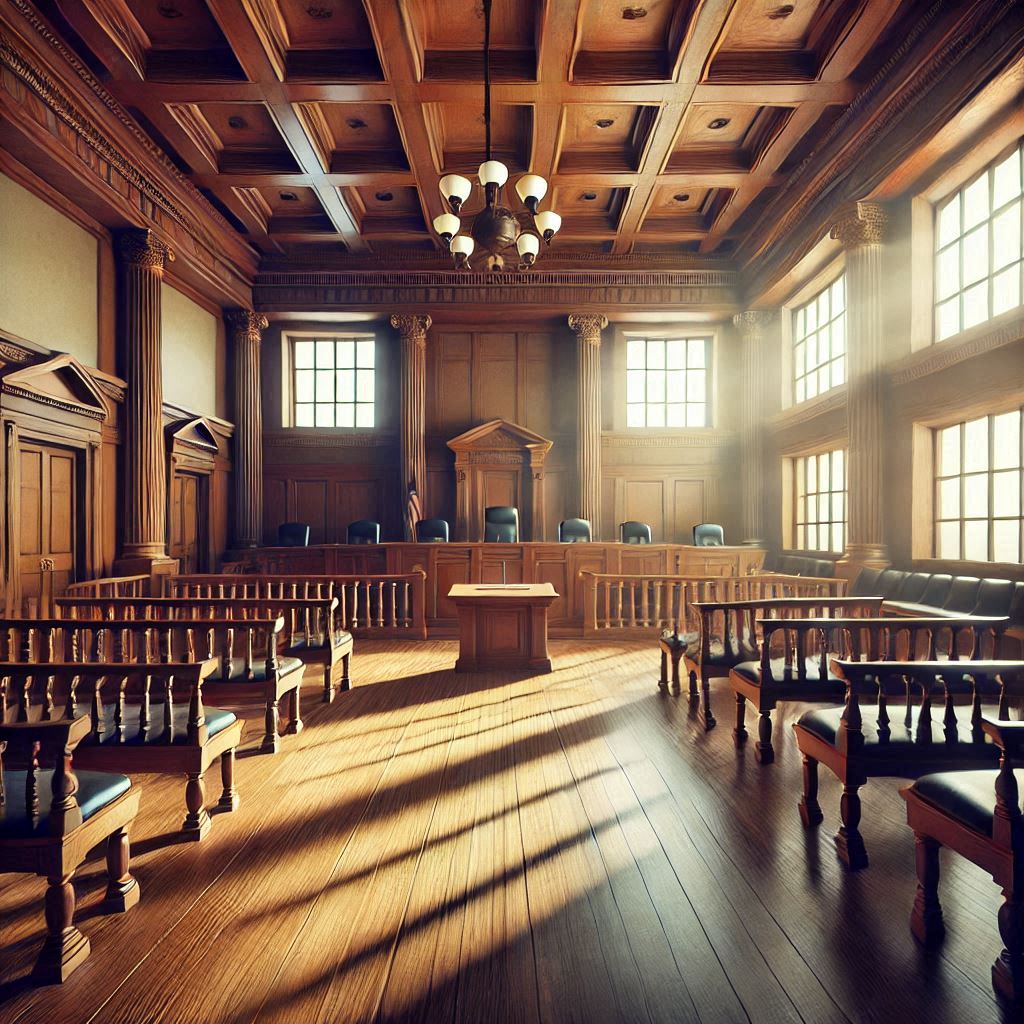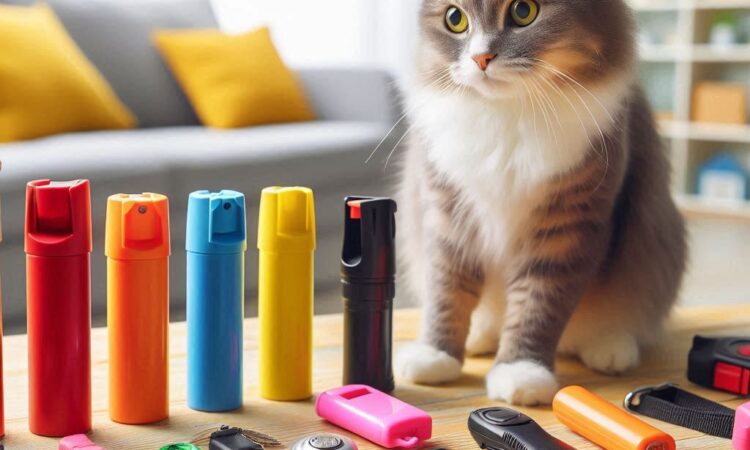Personal Protection Tools: Picking the Right Defensive Weapon and Staying Safe
Want to feel more confident and prepared for unexpected danger? You’re in the right place. Choosing a self-defense weapon is a big decision! It’s important to think carefully about the risks and benefits of different options and make sure you’re following the law. Keep reading for a deep dive into self-defense weapons and training that will equip you to make the best safety decisions for your life!
Hey there, fellow adventurers! Today, I’m diving into the world of self-defense weapons. It’s a topic that’s becoming more and more important as we navigate this crazy world.
So, what exactly are self-defense weapons? They’re basically any tool I can use to protect myself from harm. Now, I know what you’re thinking: “Cool! Like a superhero!” And yeah, it can feel empowering to have something to protect myself. But hold on a second! Just having a weapon doesn’t automatically make me safe. It’s like having a fancy sports car without knowing how to drive – it could be more dangerous than helpful!
The most important things are training, knowing when to use it, and having some good old-fashioned unarmed combat skills. I’ll talk more about that later, but trust me, it’s super important!
Awesome Gadgets and Gizmos for Defense! (But Be Careful!)
Let’s break down the different kinds of self-defense weapons. I can think about them in terms of how much oomph they pack:
- Lethal Weapons for Self-Defense: These are the serious stuff, like guns and knives. They can stop an attacker, but they can also cause very serious harm, even death. These should only be used in extreme situations where my life is in danger.
- Non-lethal Weapons for Personal Safety: These are designed to stop an attacker without causing permanent injury. Think stun guns, Tasers, and pepper spray. They can be effective, but they also have risks. I need to know how to use them properly, or I could hurt myself or someone else.
- Improvised Defensive Tools: These are everyday objects that you can use to defend yourself. Keys, pens, umbrellas – you name it! They might not be as powerful as other weapons, but they can be handy in a pinch if I know how to use them creatively.
Each weapon has pros and cons. Some are easy to carry, some are more powerful, and some require more training. We’ll get into the specifics of each type later, but for now, just remember – no weapon is perfect, and every weapon comes with responsibility.
Rules and Regulations for Carrying Defensive Weapons: Gotta Know the Law!
Before we go any further, we need to talk about the law. Carrying and using self-defense weapons is a big deal, and there are rules I need to follow. These rules are different depending on where I live, so I need to do my homework!
- Federal laws: These apply everywhere in the US.
- State laws: Each state has its own set of laws, and some states have really strict rules about weapons.
- Local laws: Even cities and towns can have their own rules about self-defense weapons.
One important thing to know is “concealed carry.” This means carrying a weapon hidden from view, like under my clothes or in a bag. Most places require me to have a special permit or license to do this, and I have to take classes to learn how to carry and use the weapon safely.
There are even some places that make it super hard to get a concealed carry permit! They’re called “may-issue” states, because the people in charge can just decide if I get a permit or not. Other places are called “shall-issue” states, which means if I meet the requirements, they have to give me a permit.
And a heads-up about knives! There are laws about how long a knife blade can be and what types of knives are allowed. Switchblades, balisongs (those cool butterfly knives) – those are often banned. So, check the rules before carrying a knife!
If I carry or use an illegal weapon, I can get in big trouble, even if I was just trying to defend myself! So, know the laws, follow the rules, and stay safe!
Check Local Laws for Self-Defense Weapons

Practice Makes Proficient: Time to Train with Your Self-Defense Weapons!
Here’s the truth: just having a weapon isn’t enough. I need to know how to use it! That means training. Lots of training. And training under stress. Think about it: if I’m ever attacked, I’ll be scared, my heart will be racing, and I’ll be thinking a mile a minute. I need to be able to use my weapon quickly and effectively, even when I’m freaking out!
There are tons of different training programs out there:
- Firearms Training for Self-Defense: I can learn how to shoot a gun safely and accurately, and how to use it in a self-defense situation. There are classes for beginners, and there are classes for more advanced shooters.
- Self-Defense Classes: These classes teach me unarmed combat techniques, how to escape from grabs and holds, and how to defend myself against an attacker.
- Pepper Spray Training for Personal Safety: I’ll learn how to aim and deploy pepper spray correctly, and how to decontaminate myself and others if I get sprayed accidentally.
- Stun Gun and Taser Training for Defense: These classes teach me the best places to aim a stun gun or Taser, and how to use them safely and effectively.
It’s also a good idea to cross-train. That means learning different types of self-defense. This way, I’ll have more options if I’m ever attacked.
Learn More About Self-Defense Training
Fists and Feet: Unarmed Combat Techniques for Self-Defense!
Even if I carry a weapon, I should also learn some unarmed combat skills. Why? Because sometimes, using a weapon might not be the best option. Maybe it’s not legally justified, or maybe it’s too risky. In those situations, I need to know how to defend myself without a weapon.
Basic unarmed self-defense techniques are pretty cool! I can learn:
- Striking Techniques for Self-Defense: Punches, kicks, elbows, knees – I can use my whole body as a weapon!
- Blocking and Deflecting Attacks in Self-Defense: Learn how to protect myself from an attacker’s strikes.
- Escaping from Grabs and Holds: If an attacker grabs me, I need to know how to get away quickly.
- Creating Distance and Disengaging in Self-Defense: Sometimes, the best defense is just to get away from the attacker as quickly as possible.
Join a Self-Defense Class Today

Heads Up, Eyes Open: Be Aware of Your Surroundings for Personal Safety!
Listen up because this is important: The best way to stay safe is to avoid dangerous situations in the first place! That’s where situational awareness comes in. It’s basically being aware of what’s going on around me and being able to spot potential threats.
Here are some tips for staying aware:
- Know my surroundings: Pay attention to where I am and who’s around me. Are there any dark alleys or isolated areas? Are there any people who look suspicious?
- Trust my instincts: If something feels wrong, it probably is. Don’t ignore my gut feelings.
- Project confidence: Walk with my head up and make eye contact with people. This shows potential attackers that I’m not an easy target.
- Stick to well-lit areas: Avoid dark or deserted places, especially at night.
- Avoid walking alone: If I have to walk alone, let someone know where I’m going and when I’ll be back.
Remember, being aware of my surroundings is like having a superpower! It can help me avoid danger before it even happens. And sometimes, just talking my way out of a situation can be the best defense. De-escalation, they call it!
“Guns Make Us Safer”? Not Always True!
There’s a myth out there that having a gun makes you safer. But the truth is, defensive gun use is actually pretty rare. And even when people use guns for self-defense, it doesn’t always work out the way they planned.
Check out these stats:
- People who live in homes with guns are more likely to die by homicide or suicide than people who don’t have guns. That’s scary, right?
- A study found that people who used guns to defend themselves were actually just as likely to get injured as people who didn’t do anything at all. So, having a gun doesn’t guarantee you’ll be safe.
There are also laws called “castle doctrine” and “stand your ground” laws. These laws basically say that I can use deadly force to defend myself in my home or in public if I feel threatened. But these laws are tricky, and they don’t always apply in every situation.
There have been lots of cases where people have used guns for self-defense and ended up in big trouble, even if they thought they were doing the right thing. So, if I’m thinking about carrying a gun, I need to be super careful and understand the law.

Other Ways to Stay Safe without Self-Defense Weapons
If I don’t want to carry a weapon, there are other things I can do to stay safe:
- Personal Safety Apps for Self-Defense: There are apps that can send alerts to my emergency contacts if I’m in trouble, or that can track my location so people know where I am.
- Self-Defense Classes Focused on Awareness: There are classes that focus on awareness, prevention, and de-escalation techniques. These classes can teach me how to avoid dangerous situations and how to talk my way out of trouble.
- Community-Based Safety Programs: Neighborhood watch programs and safety escorts can help me stay safe in my community.
- Environmental Design for Safer Neighborhoods: Things like improved lighting and visibility can make my neighborhood safer.
Download Personal Safety Apps Now
The Bottom Line: Choosing and Using Self-Defense Weapons Responsibly
So, what’s the takeaway from all of this? Well, choosing a self-defense weapon is a big decision. I need to think carefully about the risks and benefits, and I need to make sure I’m following the law.
Training is the most important thing! No matter what weapon I choose, I need to know how to use it safely and effectively. And don’t forget about unarmed combat skills!
But the best way to stay safe is to avoid dangerous situations in the first place. Be aware of my surroundings, trust my instincts, and don’t be afraid to ask for help if I need it.
Stay safe out there, friends! And remember, you’re stronger than you think!
Self-Defense Weapons FAQs
What are the different types of self-defense weapons?
- There are lethal weapons (like firearms), less-lethal weapons (like stun guns and pepper spray), and improvised weapons (everyday objects you can use for defense).
Do I need a permit to carry a self-defense weapon?
- It depends on the weapon and where you live. Check your local laws for details on permits and licensing requirements.
Is it legal to use a self-defense weapon if I feel threatened?
- Self-defense laws are complex and vary by location. You must be able to articulate that you were in reasonable fear of imminent bodily harm or death and that your response was proportionate to the threat.
Where can I get training on how to use a self-defense weapon?
- Look for certified instructors who offer courses in firearms training, self-defense classes, and training on specific weapons like pepper spray or stun guns.
What are some alternatives to carrying a weapon for self-defense?
- Consider personal safety apps, taking self-defense classes focused on awareness and de-escalation, participating in community-based safety programs, or advocating for environmental design changes in your neighborhood.
Can I use a weapon to protect my property?
- Laws regarding the use of force to protect property are very specific and vary by location. Generally, deadly force is not justified to protect property alone.
What should I do if I have to use a weapon in self-defense?
- Call the police immediately and identify yourself as the victim. Do not make any statements about the incident until you have consulted with an attorney.
If you enjoyed this article, perhaps you will like the one we have on CRIME PREVENTION. Until next time, Be Street Safe!!


